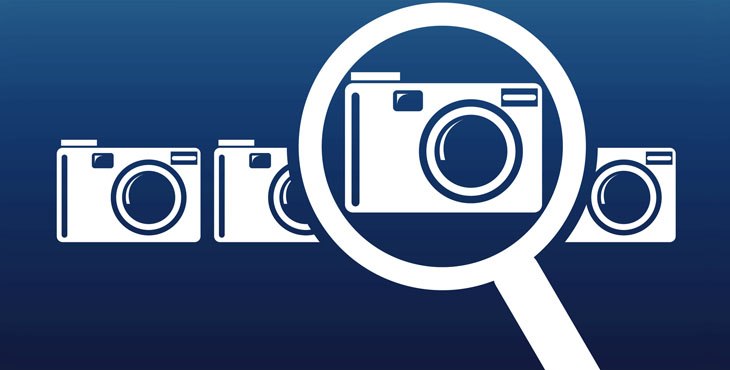Choosing the Perfect Camera: A Guide for Buyers

The variety of choices if you’re looking for a new camera can be overwhelming. There are numerous features to take into consideration for point-and-shoot cameras, mirrorless cameras, and DSLRs. You can, however, limit your options and choose the ideal camera for you by being aware of your needs and preferences.
Determine Your Budget
Choosing a camera begins with figuring out your budget. The cost of a camera can range from a few hundred dollars to many thousands. You can reduce your options and make sure you’re not overspending by using your budget.
Decide on Camera Type
Point-and-shoot, mirrorless, and DSLR cameras are the three main categories of cameras. The simplest and least expensive option is a point-and-shoot camera. They’re small, simple to use, and ideal for brisk photography. Compared to point-and-shoot cameras, mirrorless cameras are more sophisticated and typically produce images of higher quality. For serious photographers looking for a portable, light-weight camera, they make a good option. DSLRs are the most sophisticated choice and are favoured by professionals. They provide more manual controls, interchangeable lenses, and the best image quality.
Consider Sensor Size
The size of a camera’s sensor is crucial because it controls how much light enters the device, which in turn influences image quality. Better image quality is typically associated with a larger sensor. The largest and best image quality are provided by full-frame sensors, while APS-C sensors are smaller but still provide excellent image quality. Despite being the smallest, Micro Four Thirds sensors are still adequate for the majority of photography needs.
Look at Megapixel Count
While megapixel count isn’t the only factor to consider when selecting a camera, it does play a role in image quality. More detail and sharper images are a result of higher megapixel counts. A higher megapixel count, however, does not always imply better image quality. Image quality is also influenced by other variables, including sensor size and lens quality.
Evaluate Lens Options
The variety of lenses available when buying a DSLR or mirrorless camera is a crucial factor. You have more control over your images when using lenses with interchangeable focal lengths and apertures. It’s important to shop around for lenses before buying a camera because some have a constrained selection.
Look at Features and Controls
Features and controls offered by various cameras vary. Aperture and shutter speed can be manually adjusted with some cameras’ more advanced controls. Other cameras are simpler to use for beginners because they have more automatic controls. Choose a camera that suits your needs by thinking about the features and controls that are most important to you.
Consider Size and Portability
If you intend to carry your camera around with you, its size and portability are crucial factors to take into account. DSLRs are the largest and least portable option, while point-and-shoot cameras are the smallest and most portable. An in-between category would be mirrorless cameras.
Read Reviews and Compare Models
It’s critical to read reviews and compare models before making a final choice. Seek out reviews from both consumers and professional photographers to get a sense of how the camera performs in various settings. You can determine which camera offers the best value for your money by contrasting models side by side.
The best camera should take into account your budget, camera type, sensor size, megapixel count, lens options, features and controls, size and portability, as well as reading reviews and comparing models. You can choose a camera that suits your needs and enables you to take beautiful pictures by taking these factors into consideration.
